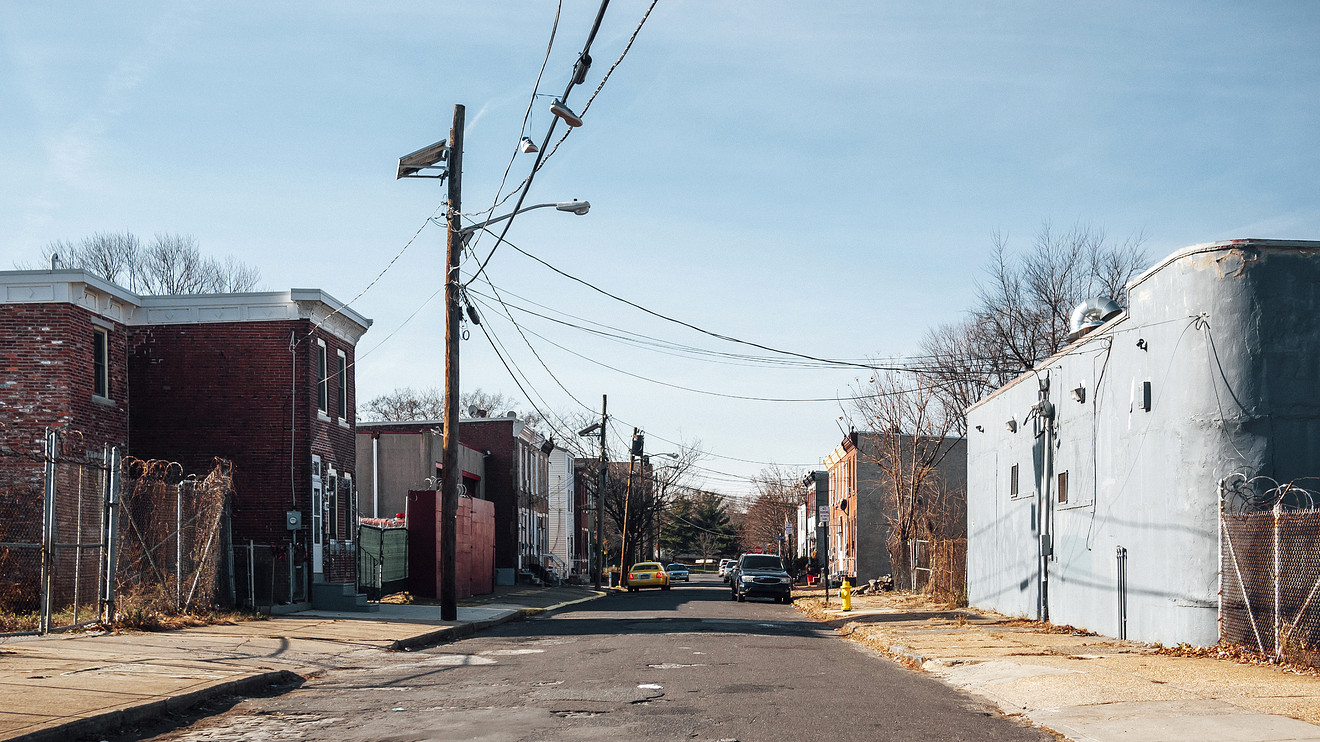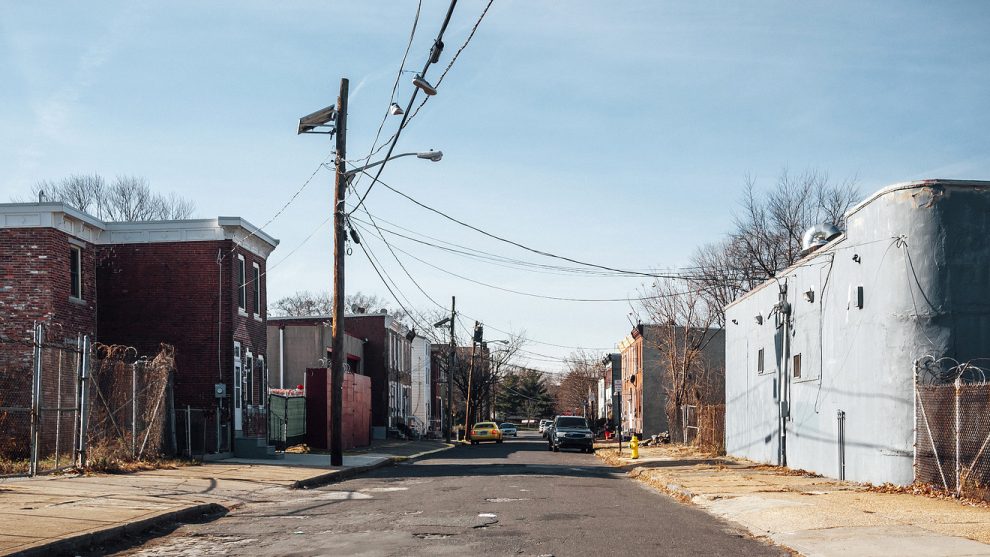
Buying a home in an Opportunity Zone would barely put a dent in your wallet in most cases — a sign of just how far behind these communities have fallen.
The so-called Opportunity Zones program was created as part of the Tax Cuts and Jobs Act of 2017, which overhauled the nation’s tax code. The zones comprise neighborhoods with higher poverty and unemployment rates than the rest of the country.
Real-estate data firm Attom Data Solutions analyzed 3,100 Opportunity Zones nationwide to determine how home prices in those areas compared to national levels. The study considered zones that had at least five home sales in the second quarter of 2019 and an average of five sales per quarter since the third quarter of 2018.
The Opportunity Zones program was designed to spark new development and an influx of capital into these areas. In particular, businesses can get major tax breaks for investments in these zones, including a 0% capital-gains tax if they hold the investment (which can include real estate) for at least 10 years.
Indeed, these investments are quite the bargain. Attom’s analysis found that 80% of the zones it surveyed had median home prices below the national figure of $266,000. Nearly half (47%) had median prices below $150,000.
On a regional basis, the Midwest had the highest share of Opportunity Zone tracts where the median home price was less than $150,000 (73%), followed by the South (57%) and the Northeast (53%).
Comparatively, this was true for only 13% of the zones located in the West. Many Western Opportunity Zones had median home values of $400,000 or more including King County, Washington, where Seattle is located, and Denver County in Colorado.
Additionally, one in four zones had home prices that were less than 50% the typical value of homes in the greater metropolitan areas where these neighborhoods were located.
The vast majority of Opportunity Zones have lower-than-average home prices, which reflects the program’s mission, said Todd Teta, chief product officer at Attom. “The zones are designed to be in or alongside economically distressed neighborhoods,” Teta said in the report. “But the differences between these and other areas in most parts of the nation are stark. The numbers provide key benchmarks for how much room there is for these areas to grow and how much new investment they need.”
While the Opportunity Zone program is designed to redirect capital toward these underprivileged neighborhoods, it has received its fair share of criticism. Some argue that the program doesn’t increase overall investment, but merely redirects where it goes.
Moreover, some critics have argued that the loose limits of what can constitute an investment mean that the capital flowing into these zones won’t necessarily aid residents. On the contrary, other research has indicated that places that are designated Opportunity Zones tend to see property prices go up as a result. And as the cost of living increases, that can lead to long-term residents being displaced and gentrification.











Add Comment